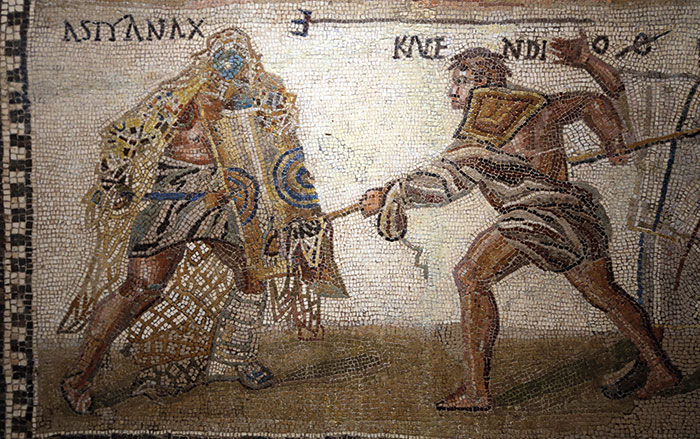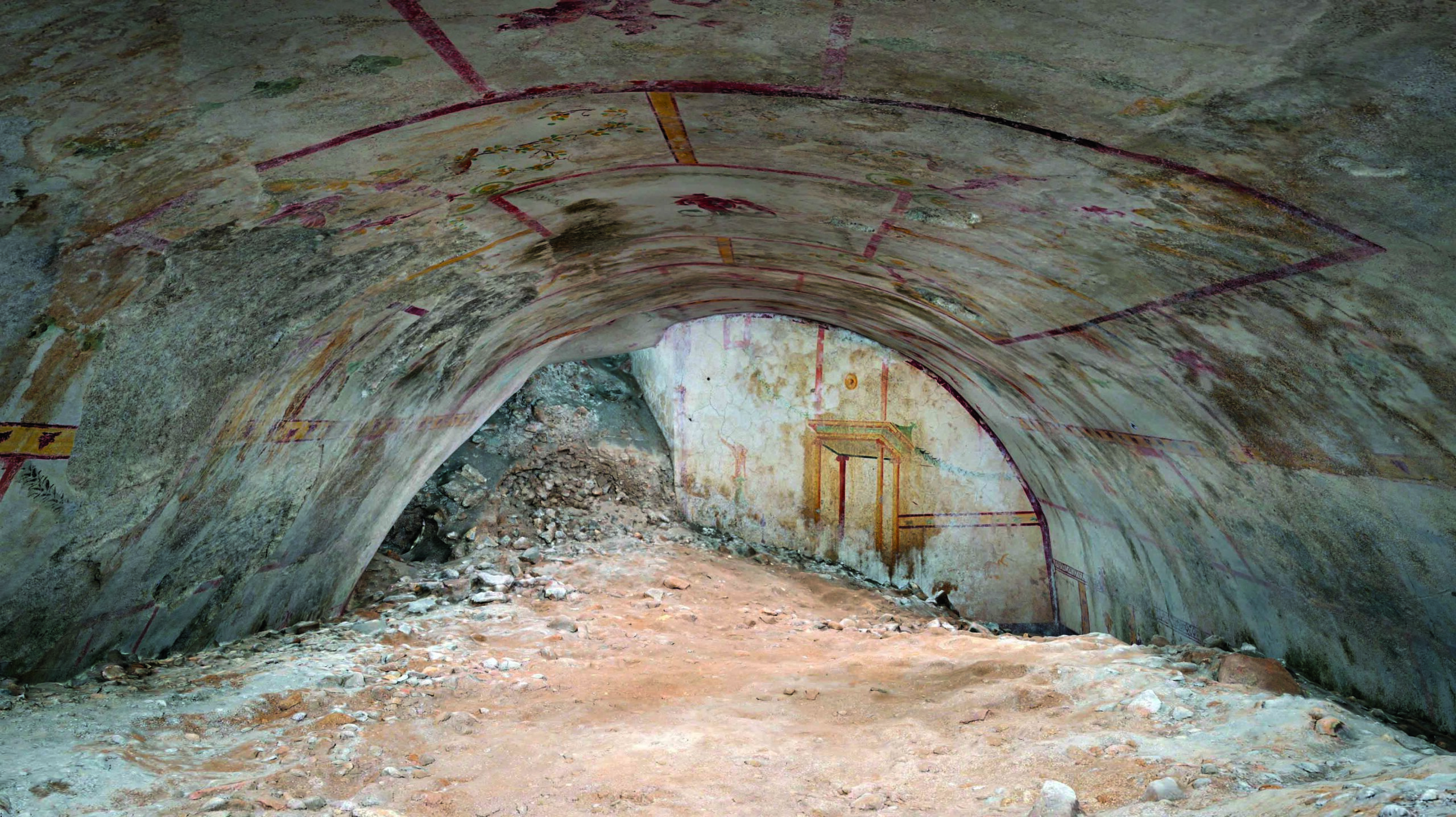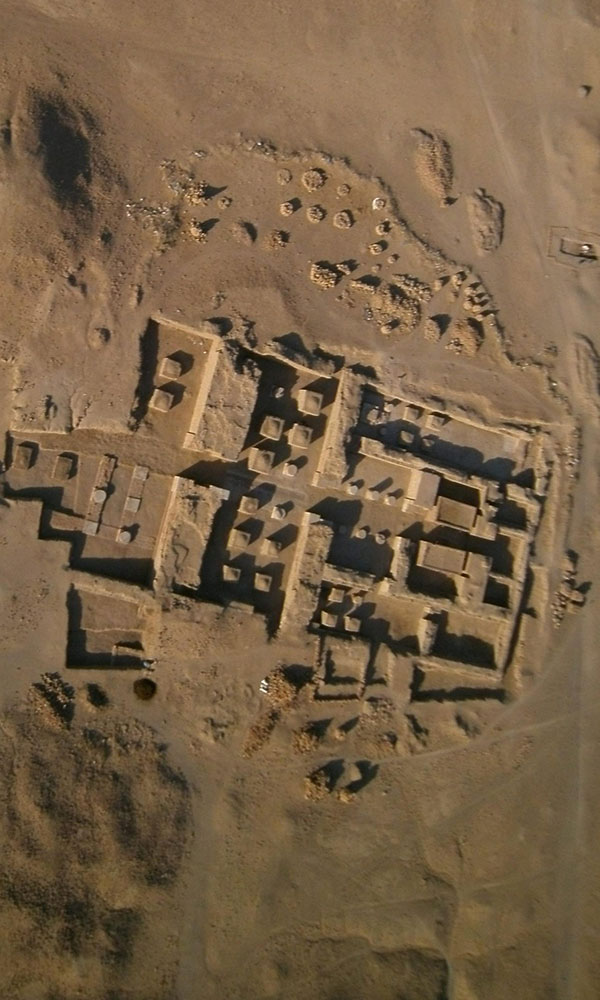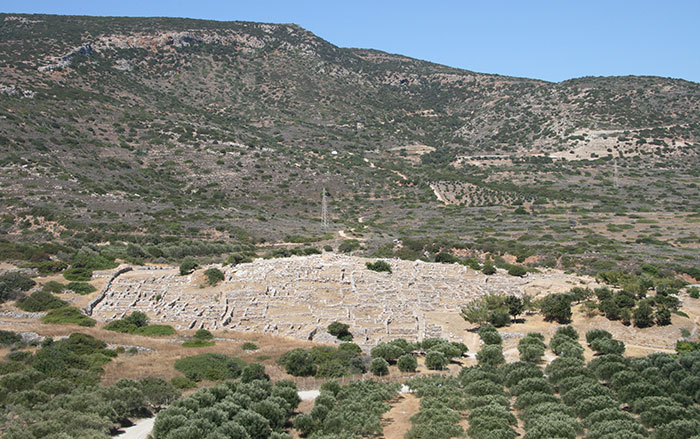
ROME, ITALY—Archaeologists are examining the inscriptions on some of the millions of shards of broken amphoras that compose Monte Testaccio, an artificial hill that accumulated over about three centuries as amphoras that could no longer be used for the transport of wine, olive oil, and garum were smashed and stacked on the top of the pile. The huge amphorae weighed more than 60 pounds when empty, and more than 200 pounds when full of oil or wine. They could no longer be used when oil had seeped into the clay. “The inscriptions are like a sort of ancient Roman bar code. They tell us the year in which the shipment arrived in Rome, the import duty that was paid, and where the product came from,” Francesco Pacetti of Rome’s cultural heritage department told The Telegraph. Officials known as “curatores” supervised the process and sprinkled lime over the top of new deposits to reduce the smell of rancid oil. “It is helping us understand how Roman trade evolved. Important discoveries are being made,” Pacetti said. To read more in-depth about Monte Testaccio, go to "Trash Talk."











